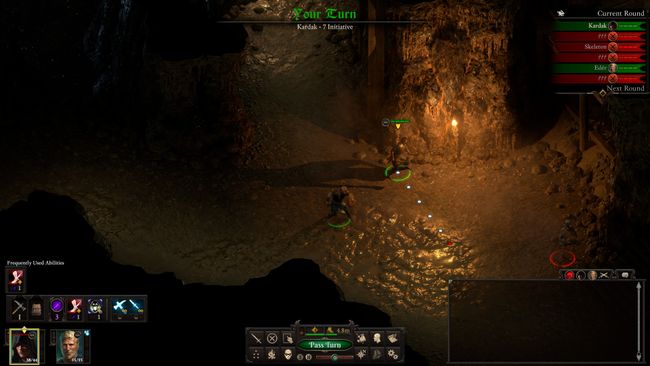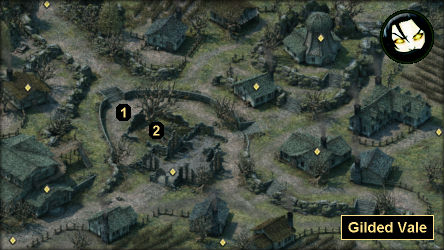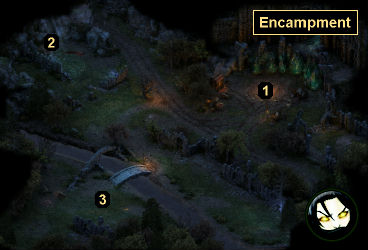

I played a chanter-paladin (aka "herald") in Deadfire. I was lucky and still had my saved games available, so that's the method I used. The easiest way to do this is to import a saved game, but you can also go through a multiple-choice survey and select how events played out, or you can select what type of character you're playing and let the game decide what you would have done. When creating your character, you get to decide what happened during the first game. All characters are built up in exactly the same way. And if you don't like the companions, then you can always build your own characters and fine-tune your party however you want. For example, when you reunite with Eder (who was a companion in the first game as well), you can make him a fighter, a rogue, or a fighter-rogue. Each time you recruit one of these characters, you can choose between two classes or a multi-class for them, giving you lots of options for how you want to build your party.

_Deadfire_comes with seven companions and four sidekicks, where sidekicks are basically the same as companions, except that they have limited dialogue and no quests (that is, they're the "we ran out of money" companions, and maybe they'll get expanded later). So you have to parcel out the skills, or perhaps decide which ones you don't really care about. If he tries to learn all three, then he won't be good enough in any of them.

For example, if you have a rogue in your party, you can't just make him responsible for mechanics (trap and lock springing), sleight of hand (pickpocketing), and stealth. You can't learn even half of the available abilities for a character, and ditto for the skills, so you have to make choices about what you want each character to do. That means multi-class characters have more "breadth" than "depth," and they're best suited to classes where the top two ability tiers aren't much if any better than the other tiers. Multi-classing allows characters to use the abilities from two class trees instead of just one, but they're limited to the first seven tiers (out of nine) for each tree. Characters can share their skills in some circumstances (usually in dialogue), so your main character (who does all of the talking) isn't required to know something about everything.įinally, while previously all characters were only allowed to have one class, in _Deadfire_they can multi-class. Passive skills (like diplomacy and metaphysics) are used during conversations, where a high enough rank in a skill sometimes unlocks extra dialogue options. Active skills (like mechanics and stealth) are used when exploring and fighting. But in Deadfire, there are 16 active and passive skills, and characters have to specialize in one or two so your party is well-rounded. In Pillars of Eternity, there were only five skills, and characters were expected to know something about each one. This change simplifies leveling up a character, and, more importantly, makes it easier to see what is available for the character and to plan ahead since the entire tree can be seen on one page.Īlso, character skills have been expanded. But a lot of the details have changed.įor starters, the abilities, talents, and spells from the first game - now just called abilities - have been modified and rearranged, and they've been grouped together and put into a hierarchical tree for each class. In some ways, the character system for _Pillars of Eternity II: Deadfire_looks identical to the character system from the first game. _Deadfire_uses the same six attributes (including dexterity, might and resolve), the same six classes (including dwarf, orlan and human), the same 11 classes (including druid, paladin and wizard), and the same mix of backgrounds and cultures (which give characters a small bonus to their attributes and skills). This is basically just an excuse to have you explore a new part of the world, but it results in you meeting lots of people - including pirates! - who desperately need your help in solving tasks, quests, and bounties. It takes place five years after the events of the first game, and it continues the story of the first game's characters - although you and all of your companions have been reset back to level 1.Īfter a cataclysmic event at your fortress from the first game, during which you briefly lose your soul (perhaps explaining why you have to start over at level 1), a group of gods sends you to the Deadfire Archipelago to spy on the god Eothas, who is up to something again. _Pillars of Eternity II: Deadfire_is Obsidian Entertainment's follow-up to their 2015 role-playing game Pillars of Eternity.


 0 kommentar(er)
0 kommentar(er)
